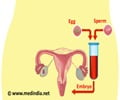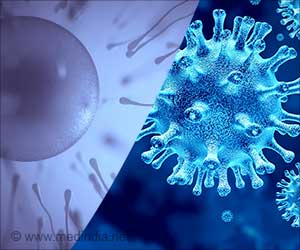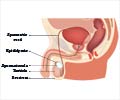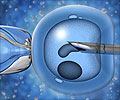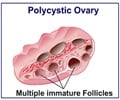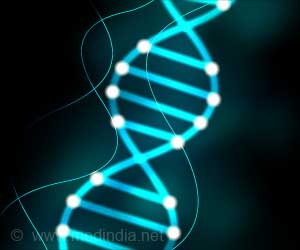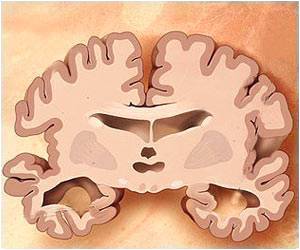New technology offers a platform where healthy sperm cells are collected for infertility treatment without impacting their integrity.
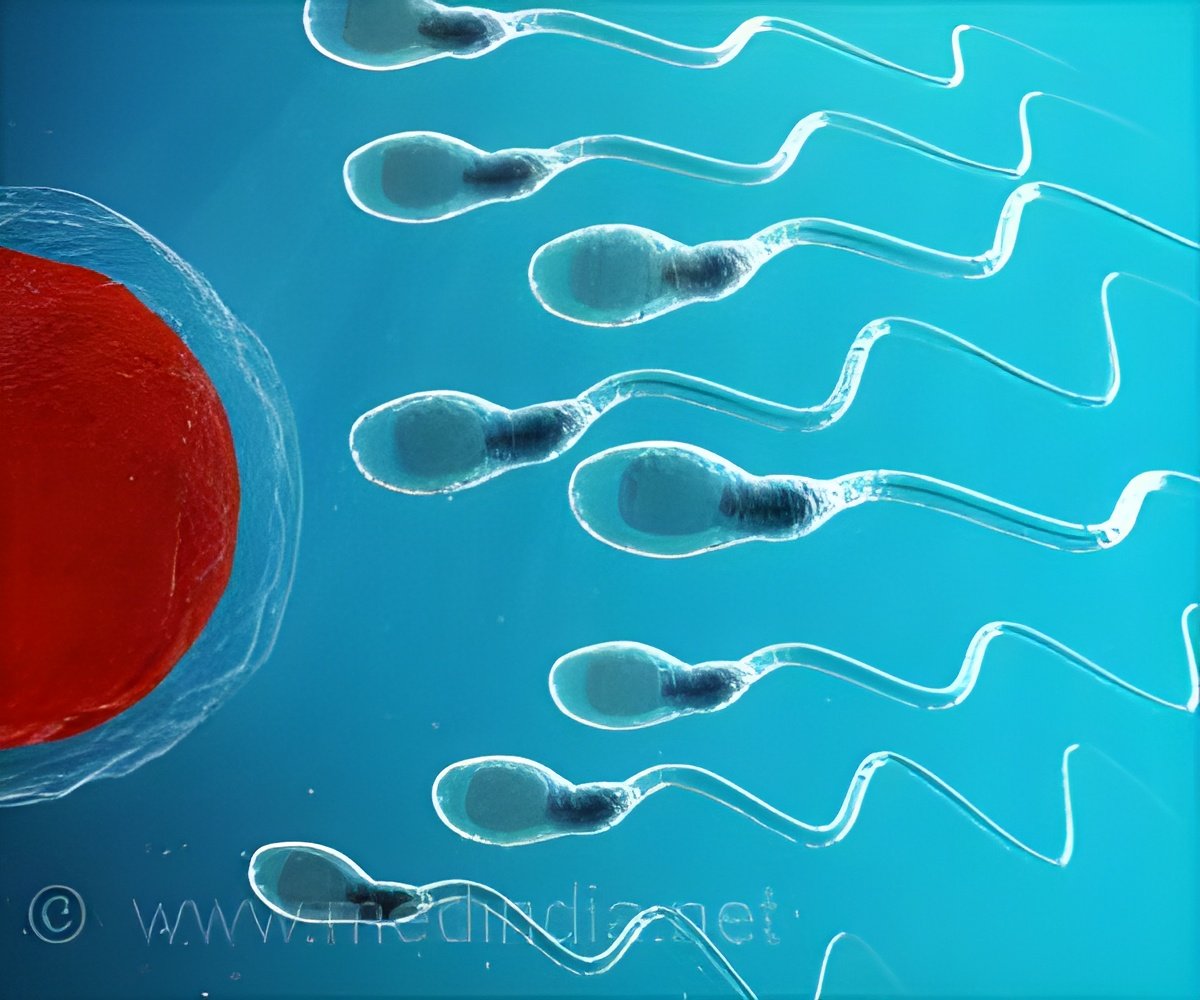
‘A newly developed microchip provides more than enough cells required for successful infertility treatment due to the amount and quality of sperm cells isolated using the chip.’





Guided by a directional movement called rheotaxis, sperm cells swim against the cervical mucus flow to reach the egg for fertilization. This journey, however, is even more critical when considering infertility.In the United States, an estimated 15 percent of couples have trouble conceiving. Globally, approximately 48.5 million couples experience infertility.
All treatment costs for infertility can range from $5,000 to $73,000. An estimated 85 percent of IVF costs are often paid out-of-pocket.
Assisted reproductive technologies such as in-vitro fertilization (IVF), intrauterine insemination, and intracytoplasmic sperm injection all require healthy sperm cells for a successful outcome.
Current centrifugation methods for sperm sorting require multiple steps, and multiple types of equipment and take about two hours to isolate sperm cells. These methods damage sperm during processing and induce significant DNA fragmentation and oxidative stress.
A new study published in the journal Analyst of the Royal Society of Chemistry, showed that sperm cells isolated from the collecting chamber in this microfluidic chip exhibited significantly higher motility (almost 100 percent), a higher number of morphologically normal cells and substantially lower DNA fragmentation, which is a crucial parameter for the fertilization process.
“Operating our chip is very easy. Once the semen is loaded into the sample inlet chamber, the competent sperm cells start moving against the fluid flow toward the collecting chamber from where they can easily be collected,” said Waseem Asghar, Ph.D., senior author, an associate professor in FAU’s Department of Electrical Engineering and Computer Science.
Furthermore, this chip offers a one-step, one-hour operational benefit, which an operator can use with minimal training. The study also validates that rheotaxis selects the healthy, motile, and higher velocity sperm cells for the fertilization process.
This technology will also considerably reduce the economic burden of fertility implementations and both the chip and the sperm cells isolated from it offer great clinical significance and applicability.
Source-Medindia

